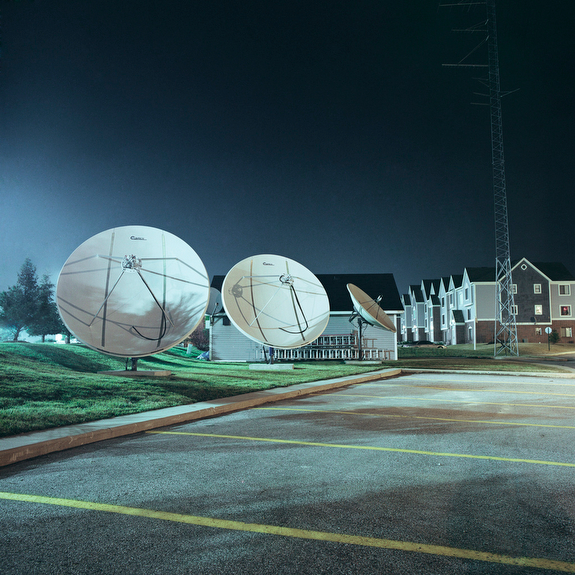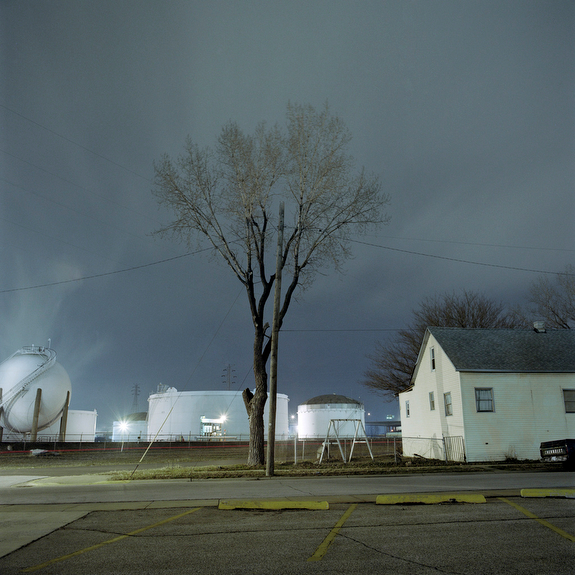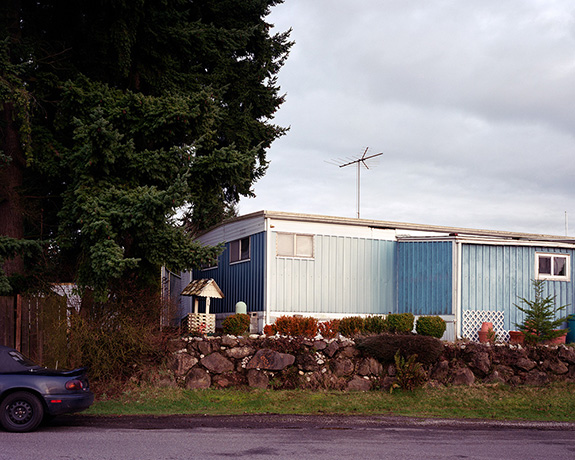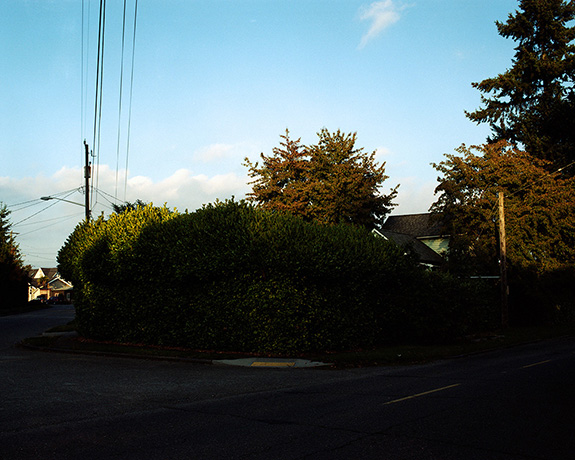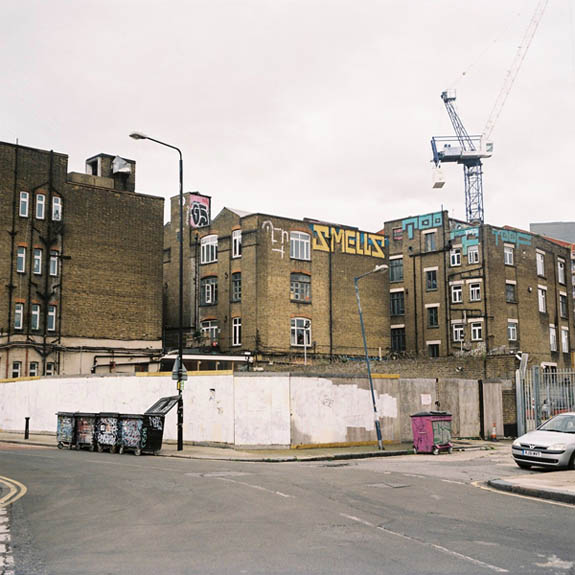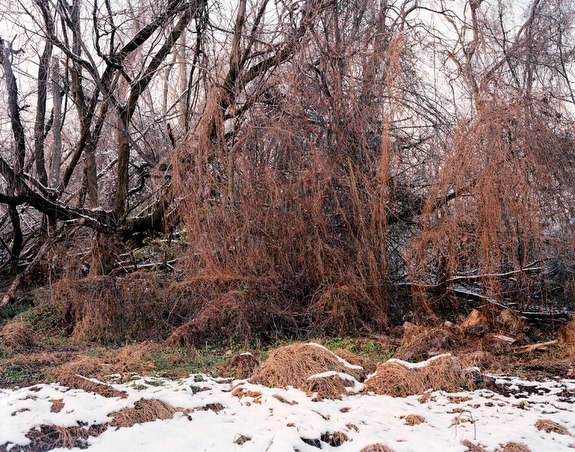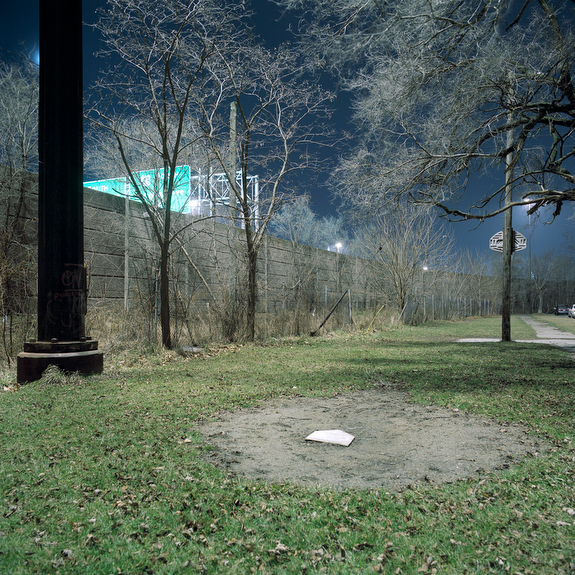
The ongoing project, The Region, investigates and documents the development of Northwest Indiana; a conglomerate of cities that form part of the Chicago metropolitan area, the Calumet Region, as it is commonly called — or “the Region” for short — is home to around one million people. But more notably it is a place where nature and humanity take a backseat to manufacturing environment created for our creations.
I choose the night atmosphere with an absence of human life as a means of drawing attention to the infrastructure that characterizes the landscape of the region. Power lines cut through nearly every image, and telephone poles and factory smokestacks outnumber the few scattered trees. The scale has grown beyond that of the domestic as power plants and highway overpasses tower over playgrounds and single-family homes. It is as if the real act of living had become an after-thought to the operations that facilitate our way of life.
With factories situated beside marinas and baseball fields, the implements of industry seem to be out of place, and in some of the photos, one gets the sense we are seeking to protect ourselves from our own creations: fences and barriers punctuate most of these settings and an eerie, perpetual light bathes everything, leaving no dark corners.
— James Rotz, Ypsilanti, Michigan, USA
